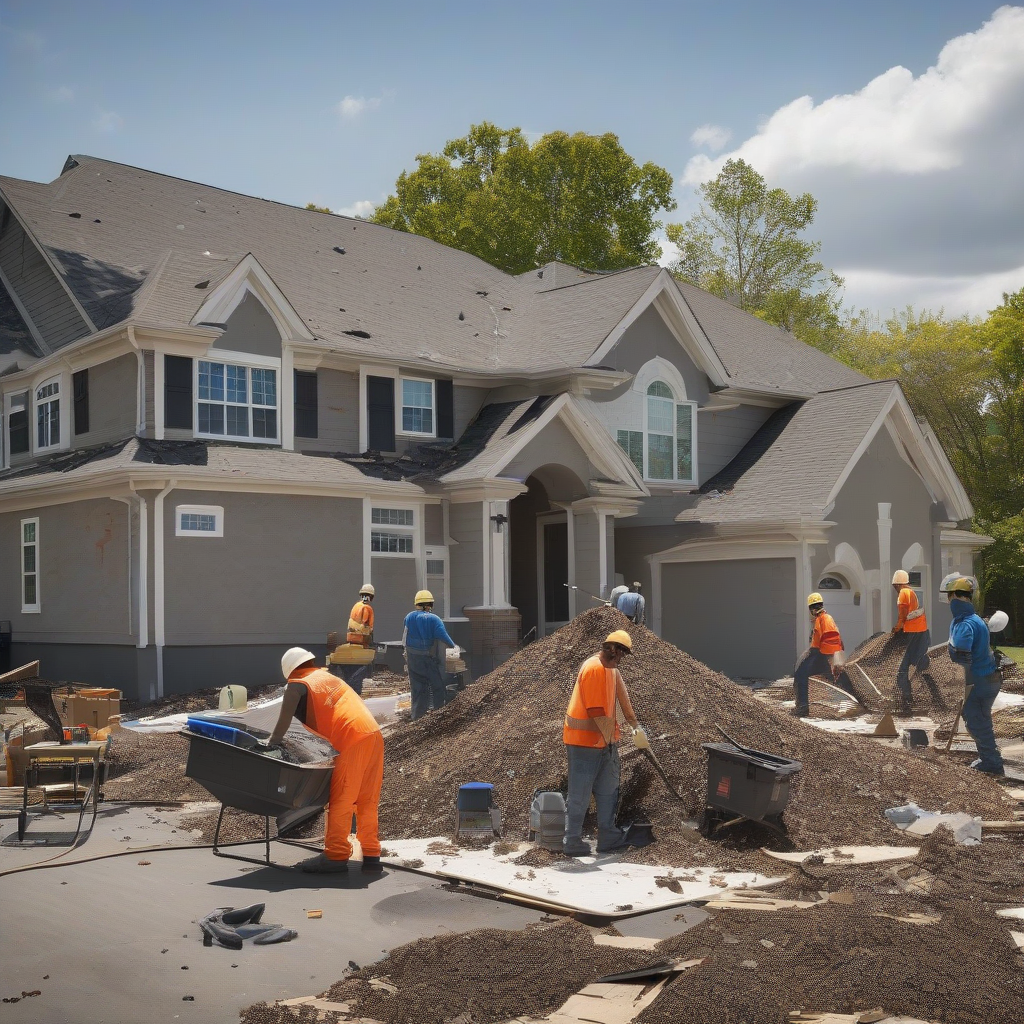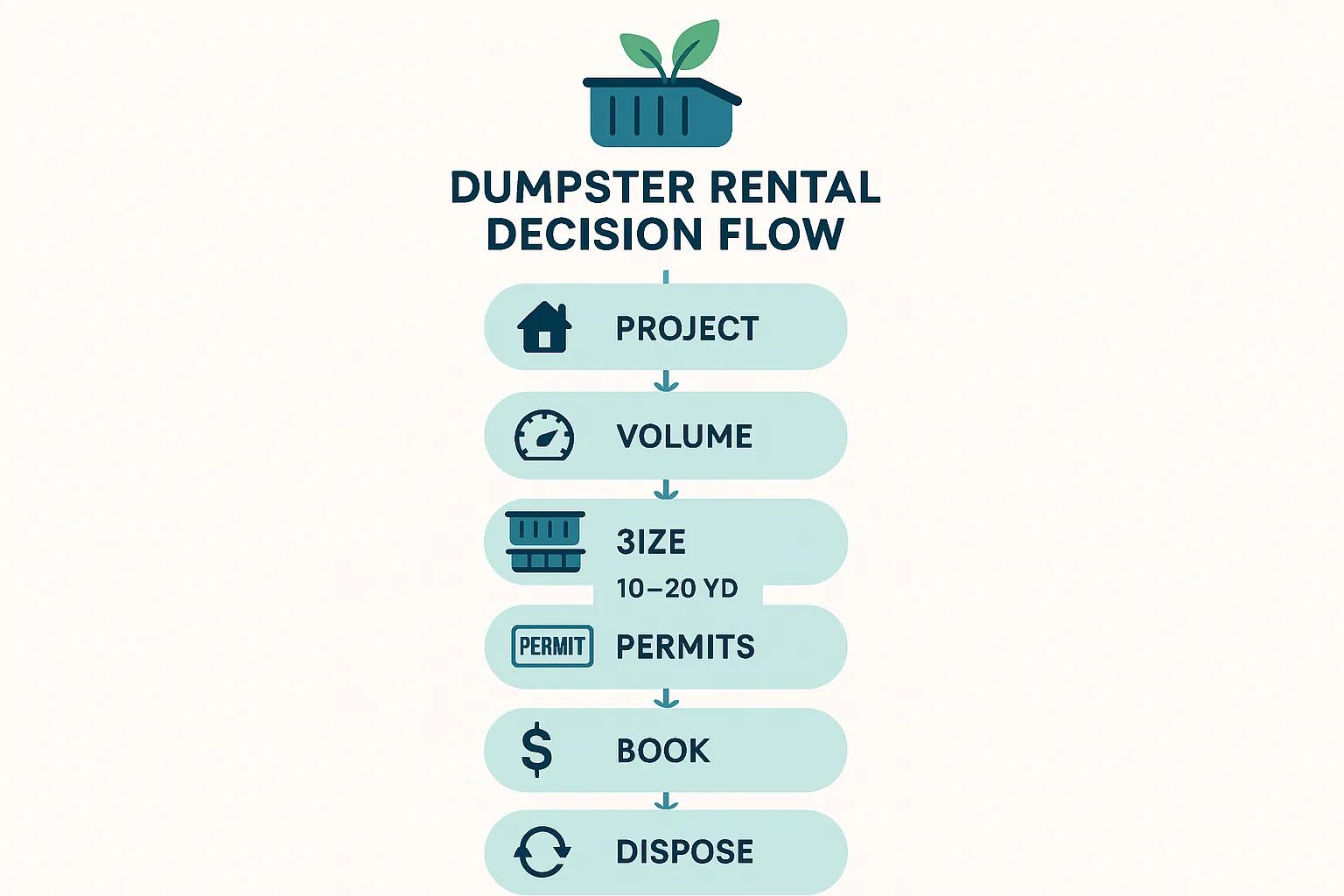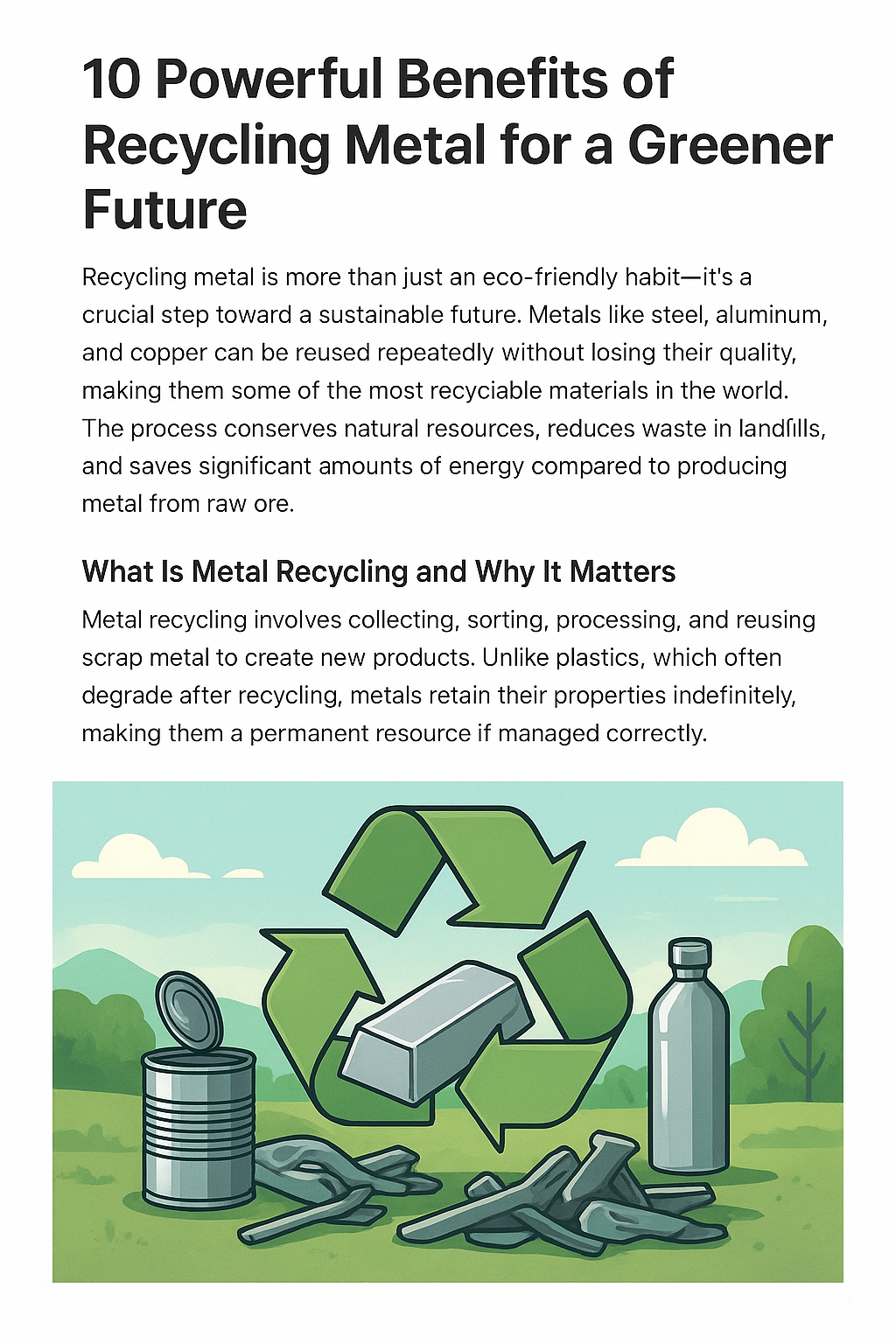
Replacing or repairing a roof generates a lot of waste—shingles, nails, wood, and other debris. Proper roofing waste removal is crucial for safety, efficiency, and environmental responsibility. Whether you’re a homeowner tackling a DIY project or a contractor managing a large job, understanding the best waste management practices will save you time and money.
This guide covers everything you need to know about roofing waste removal, including the benefits of dumpster rental, choosing the right construction dumpsters, and eco-friendly disposal methods.
Why Proper Roofing Waste Removal Matters
Roofing debris isn’t just an eyesore—it can be dangerous. Loose nails, broken shingles, and sharp materials pose safety risks. Additionally, improper disposal can lead to:
- Fines from local authorities – Many areas have strict waste disposal regulations.
- Environmental harm – Roofing materials can take years to decompose in landfills.
- Project delays – Piles of debris slow down work and create hazards.
By planning your roofing waste removal strategy early, you avoid these problems and keep your project on track.
Roofing Waste Removal Options
There are several ways to handle roofing debris. The best choice depends on the size of your project and budget.
1. Dumpster Rental for Roofing Projects
Renting a dumpster is the easiest and most efficient way to manage roofing waste. Construction dumpsters come in different sizes, making them ideal for small repairs or full roof replacements.
Benefits of Dumpster Rental:
- Convenience – Debris goes straight into the dumpster, reducing cleanup time.
- Safety – Keeps nails and sharp materials contained.
- Cost-effective – Avoid multiple trips to the landfill.
Choosing the Right Dumpster Size
- 10-yard dumpster – Best for small roofing projects or partial repairs.
- 20-yard dumpster – Ideal for average-sized roofs (1,500–2,000 sq. ft.).
- 30-yard dumpster – Suitable for large homes or commercial roofing jobs.
2. Roofing Waste Bag Systems
For minor repairs, heavy-duty waste bags (like the Bagster®) are a good option. These bags hold up to 3,300 lbs. of debris and are picked up by waste services.
Pros:
- Affordable for small projects.
- No long-term rental commitment.
Cons:
- Limited capacity compared to dumpsters.
- Not ideal for large amounts of waste.
3. Hiring a Junk Removal Service
If you don’t want to handle debris yourself, professional junk removal companies can haul it away for you. This is a hands-off solution but tends to be more expensive than a dumpster rental.
How to Dispose of Roofing Waste Responsibly
Not all roofing materials can go straight into a dumpster. Some require special handling:
- Asphalt shingles – Many recycling centers accept old shingles for road paving.
- Wood & metal – Separating these materials can lead to recycling opportunities.
- Hazardous materials – Some older roofs contain asbestos, which requires professional disposal.
Check local regulations to ensure compliance with waste management laws.
Tips for Efficient Roofing Waste Removal
- Plan Ahead – Estimate how much debris your project will generate and order the right dumpster size.
- Use Tarps & Containers – Prevent nails and small debris from scattering by using magnets and ground protection.
- Separate Materials – Recycling is easier when waste is sorted early.
- Work Safely – Wear gloves, sturdy boots, and eye protection when handling debris.
Conclusion
Proper roofing waste removal keeps your project safe, clean, and eco-friendly. Whether you choose a dumpster rental, waste bags, or a junk removal service, planning ahead ensures a smooth cleanup process.
For large projects, construction dumpsters are the most efficient choice, offering convenience and cost savings. Always follow local waste management guidelines to dispose of materials responsibly.
By managing debris properly, you protect your property, the environment, and your budget—making your roofing project a success from start to finish.



